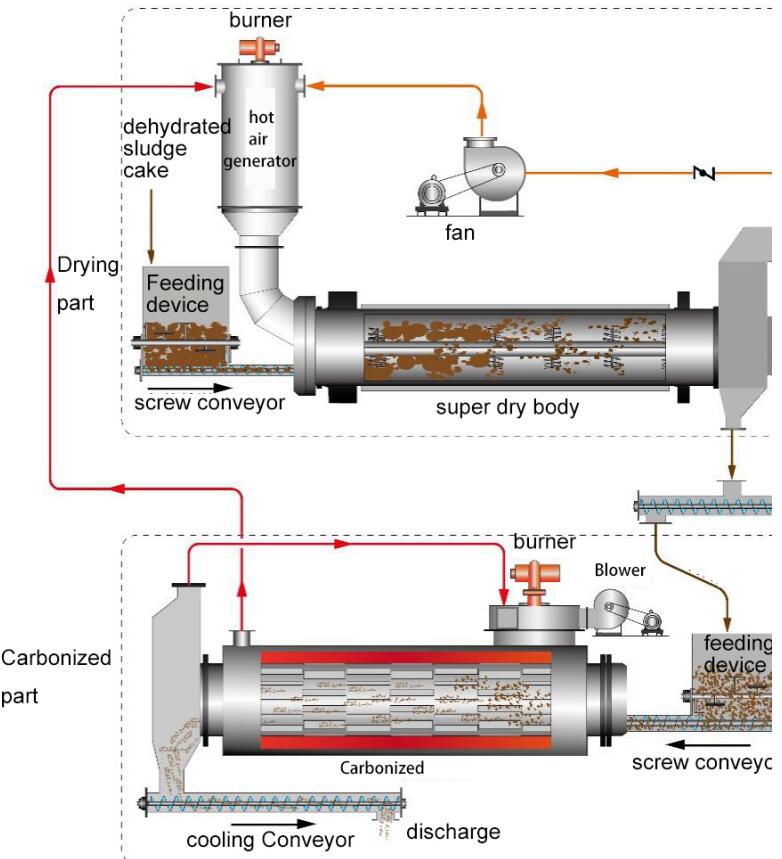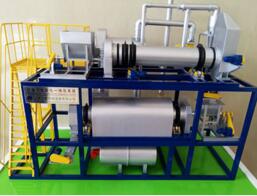waste sludge treatment
Brief intro:
Sludge is the sediment produced during sewage treatment. It includes solid impurities, suspended substances, colloidal substances originally present in sewage, and sediments transformed from dissolved substances in sewage. Sludge often contains a variety of harmful substances. If it is disposed …
Sludge is the sediment produced during sewage treatment. It includes solid impurities, suspended substances, colloidal substances originally present in sewage, and sediments transformed from dissolved substances in sewage. Sludge often contains a variety of harmful substances. If it is disposed of randomly, it will pollute the air, soil and water. However, many sludges contain fertilizers such as nitrogen and phosphorus and other useful substances, which can be used after certain treatment.
Various processes can be used for sludge treatment, mainly including concentration, digestion, drying and incineration. Sludge concentration, to dehydrate the sludge initially, reduce the volume of sludge, and create conditions for subsequent treatment; sludge digestion, to promote the stabilization of organic matter in the sludge and produce biogas for energy utilization; sludge drying, to reduce sludge The moisture content reaches 60-85%, which is convenient for transportation and utilization; the sludge is incinerated to completely eliminate organic matter and pathogenic microorganisms.Sludge concentration method The concentration method uses static action to separate sludge from water (mainly removes free water from sludge). It is generally applied to activated sludge with high water content (99.2-99.8%), which can reduce the water content to 95-95%. 97% to facilitate further dehydration. The concentrating equipment used includes concentrating sedimentation tanks, air flotation tanks and centrifuge equipment.

Sludge Digestion Digestion is the process of using anaerobic microorganisms to decompose, transform and stabilize organic matter in sludge. Undigested “raw sludge” becomes “cooked sludge” after digestion, which can improve the dehydration conditions of sludge and prevent odor. The organic nitrogen compounds in raw sludge are digested to form bicarbonate, which is easily absorbed by crops to improve fertilizer efficiency. Biogas is produced during the digestion process, which can be used as energy, power or to manufacture carbon tetrachloride, polymethyl methacrylate resin, etc.
Natural dehydration method Generally, the sludge has a water content of 90-95% and can flow in the pipeline; when it is dehydrated to about 85%, it can become a thick liquid; when the water content is below 70-80%, it will form a solid mud cake. The natural dehydration method or the sludge drying field method is to spread the digested or precipitated wet sludge on sandy land, and use natural evaporation and infiltration to dehydrate to obtain solid sludge with a water content of about 75%, which can be used It can be used as fertilizer, fuel, or to extract gasoline, kerosene, wax, etc. through dry distillation, and it can also be used for land filling.


